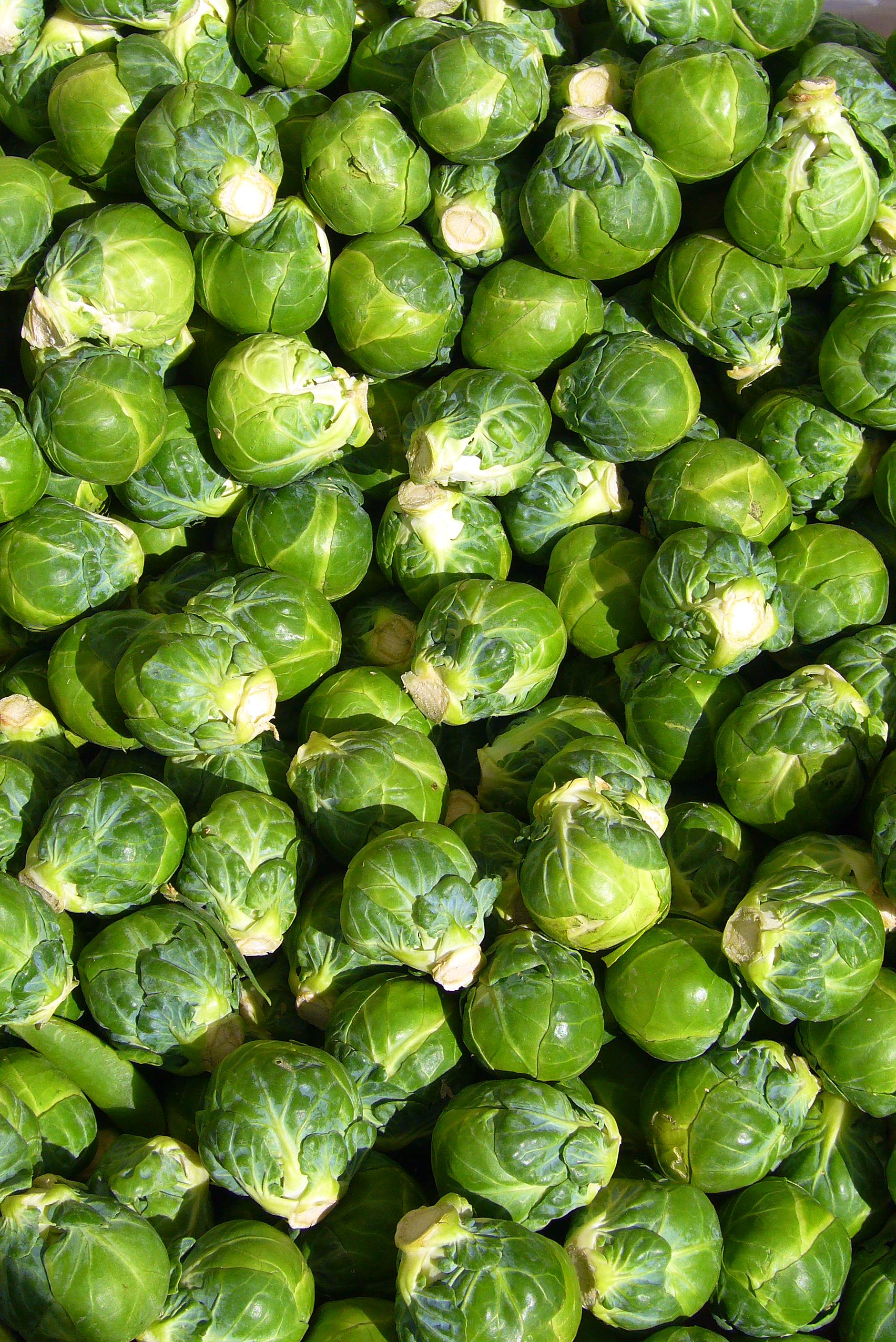The Fascinating World Of Sprouts: Nutritional Benefits And Growing Guide
Sprouts have become increasingly popular in recent years, not only for their unique flavor and texture but also for their incredible health benefits. These tiny, germinated seeds are packed with nutrients and can easily be grown at home. In this article, we will explore the various types of sprouts, their nutritional advantages, and provide a comprehensive guide on how to grow sprouts successfully. Whether you're a health enthusiast or simply curious about adding sprouts to your diet, this article has something for everyone.
As we delve deeper into the world of sprouts, you will discover that they are not just a trendy addition to salads or sandwiches; they are a powerhouse of vitamins, minerals, and antioxidants. Understanding the benefits of incorporating sprouts into your daily meals can significantly enhance your overall health. Moreover, growing your own sprouts can be a rewarding and cost-effective endeavor.
Join us as we unpack the various aspects of sprouts, from their rich history to the science behind their growth. By the end of this article, you will be equipped with all the knowledge you need to enjoy the many benefits of sprouts, both in your kitchen and your garden.
Table of Contents
- What Are Sprouts?
- Types of Sprouts
- Nutritional Benefits of Sprouts
- How to Grow Sprouts
- Common Sprouting Methods
- Sprouting Safety Tips
- Cooking with Sprouts
- Conclusion
What Are Sprouts?
Sprouts are young shoots that emerge from seeds after they have been soaked in water and allowed to germinate. They are available in a wide variety of types and can be grown from many different seeds, including beans, grains, and vegetables. The sprouting process enhances the nutritional profile of the seeds, making them more digestible and nutrient-rich.
Types of Sprouts
There are numerous types of sprouts, each with its own unique flavor and nutritional benefits. Here are some of the most popular types:
- Alfalfa Sprouts: Mild flavor, high in vitamins A, C, and K.
- Broccoli Sprouts: Rich in sulforaphane, a compound known for its anticancer properties.
- Mung Bean Sprouts: Crunchy texture, commonly used in Asian dishes.
- Radish Sprouts: Peppery flavor, high in antioxidants.
- Lentil Sprouts: Nutty flavor, great source of protein and fiber.
Nutritional Benefits of Sprouts
Sprouts offer a multitude of health benefits, making them an excellent addition to any diet. Here are some key nutritional benefits:
- High Nutritional Value: Sprouts are rich in vitamins, minerals, and enzymes that can boost overall health.
- Improved Digestion: The sprouting process enhances digestibility and nutrient absorption.
- Weight Management: Low in calories and high in fiber, sprouts can help you feel full longer.
- Antioxidant Properties: Sprouts contain antioxidants that help combat oxidative stress in the body.
How to Grow Sprouts
Growing sprouts at home is a simple and rewarding process. Here’s a step-by-step guide:
- Select Your Seeds: Choose high-quality seeds specifically meant for sprouting.
- Soak the Seeds: Place the seeds in a jar and cover them with water. Soak for 4-8 hours.
- Drain and Rinse: After soaking, drain the water and rinse the seeds thoroughly.
- Sprouting: Place the jar in a dark, well-ventilated area. Rinse and drain the seeds twice a day.
- Harvest: After 5-7 days, when the sprouts have reached your desired length, they are ready to eat!
Common Sprouting Methods
There are several methods for sprouting seeds, and each has its own advantages:
1. Jar Method
This is the most common method and requires only a jar, mesh lid, and water.
2. Sprouting Tray Method
A dedicated sprouting tray allows for better air circulation and drainage, which can enhance sprout growth.
3. Soil Method
Some sprouts, like pea shoots, can be grown in soil for a different flavor and texture.
Sprouting Safety Tips
While growing sprouts is safe, it’s essential to follow certain precautions:
- Use seeds that are specifically labeled for sprouting.
- Ensure all equipment is clean to prevent contamination.
- Store sprouts in the refrigerator and consume them within a week.
Cooking with Sprouts
Sprouts can be enjoyed in a variety of dishes. Here are some ideas:
- Add alfalfa sprouts to sandwiches and salads for a crunchy texture.
- Stir-fry mung bean sprouts with vegetables for a delicious side dish.
- Top soups with radish sprouts for added flavor.
Conclusion
In summary, sprouts are a versatile and nutritious food that can easily be incorporated into your diet. With their numerous health benefits and the ease of growing them at home, there’s no reason not to enjoy these tiny powerhouses. Start sprouting today and experience the delightful flavors and health boosts they offer!
We encourage you to leave a comment below, share this article with friends, or explore more articles on our site to learn about other healthy food options.
Thank you for reading, and we hope to see you back here soon for more informative and exciting content!
Emilie Ikeda: A Comprehensive Look At The Rising Star In Journalism
Exploring The Life And Career Of Lucia Oskerova
MeatCanyon: The Master Of Dark Animation And Parody


